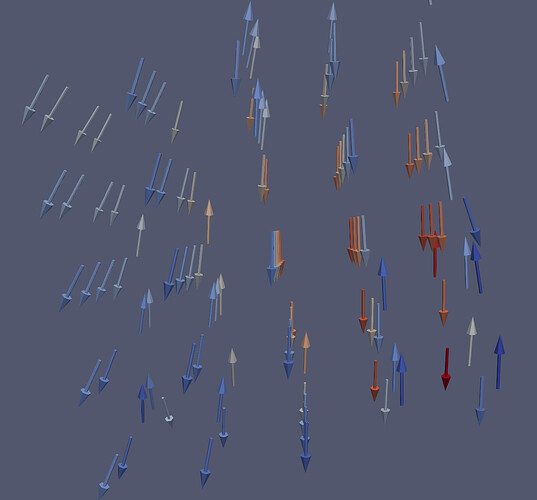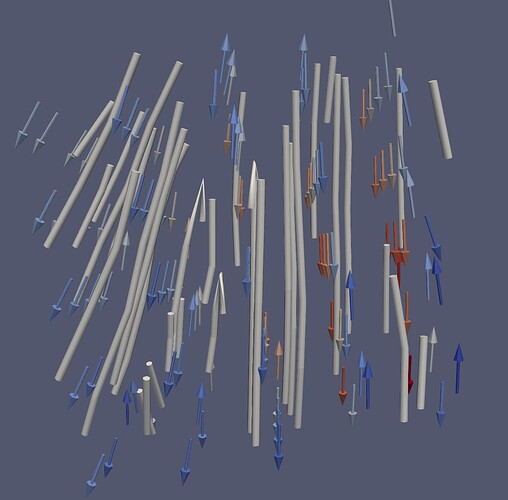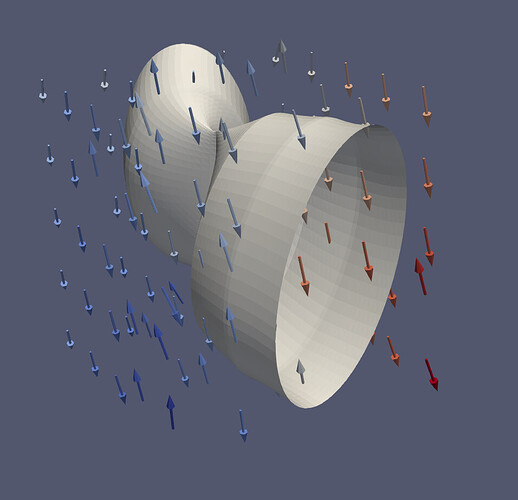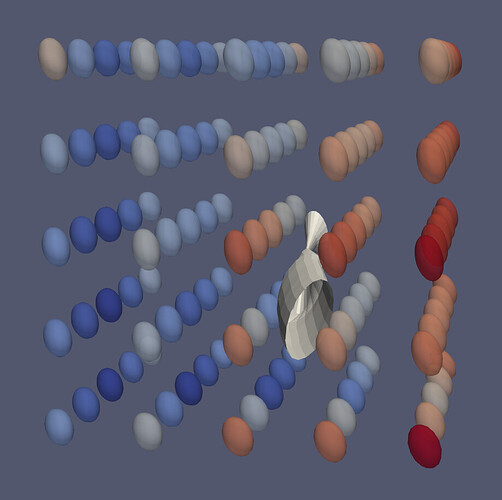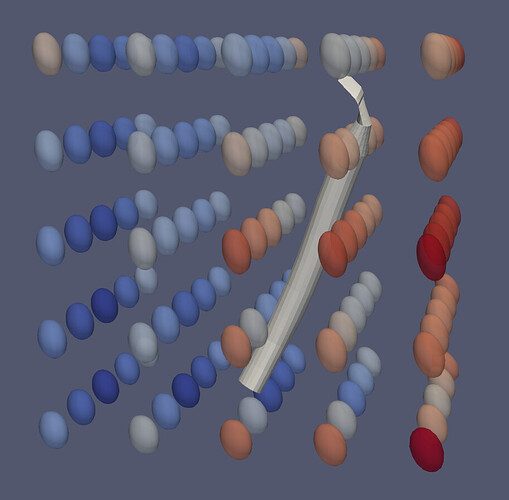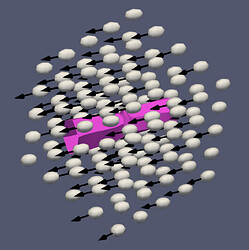I wanted to test vtkHyperStreamlines and found hints to this plugin, posted in the old bugtracker: https://vtk.org/Bug/view.php?id=8424
Unfortunately, many things seems to have changed in between and the plugin is not directly usable. Without ever written a plugin before, I started to change things, according to the wiki and now the plugin loads: HyperStreamlines_formatted.xml (6.2 KB)
I tested on the omega data that is given in the bugtracker. However, here it crashes with a segfault if I choose direction “Both” and does not show anything when “Forward” or “Backward” is selected.
I’m not sure why it segfaults but I suspect that the wrong dataset is used? Is there any way to re-write the plugin, such that I can choose which input data is used? That would also be important, because I typically have several tensorial quantities in one file.
I played around with StringVectorProperty but I do not really understand how that is supposed to work with tensorial data and how it is then linked to the Input.
Is there maybe also a new version of this plugin available anywhere, so I do not need to fix that one?
edit: I played around with it a bit more and it looks like I got at least the part where I can select the input array.
HyperStreamlines_formatted.xml (7.0 KB)
However, it still crashes when I try it on data. I have a sample file, which has tensors at points:
mia_res_backgroundGrid.vtk (6.2 KB)
Here, I can apply the filter directly, but there it crashes somewhere in FindCell - and I suspect that the problem is, that some cells are required?
However, If I use a file where the tensors are at cell centers, and I apply the cell center filter first, it crashes at vtkPolyData::GetCell. Here is an example file to reproduce that crash:
mia_res.vtk (54.7 KB)
editedit: Aha! It does not crash if I select on the second file if I select “Cell Data to Point Data” Filter instead of “Cell Center”.
However, in that case, the tensors get interpolated to the vertices of the element, which is something I do not want.
